Have you ever wondered how our ancestors managed their lives after sunset, before the advent of modern lighting? Imagine a world shrouded in darkness once the sun is gone. Before the creation of artificial illumination, this was the daily reality.
The first step out of this obscurity came into light around 70,000 BC with a simple yet revolutionary invention: the lamp. Lighting technology has come a long way since then, and it has shaped human history in many ways.
As a concept, lighting is the use of artificial sources of light to illuminate spaces and objects, and it’s essential for activities such as reading, working, manufacturing, cooking, entertainment, science, and safety.
Today, we’ll explore the history of lighting technology, from antiquity to the modern era, and see how different types were invented, improved, and used for various purposes.
Today’s Focus of Attention is reader-supported. We sometimes include products we think are useful for our readers. If you buy through links on this page, we may earn a small commission.
“It is during our darkest moments that we must focus to see the light.”
Aristotle Onassis
Fire: The First and Most Ancient Source of Artificial Light

Humans have been using fire for illumination and other reasons for at least 1 million years, according to archaeological evidence from Wonderwerk Cave in South Africa.
Back then, hunter-gatherers probably obtained it from natural sources such as lighting strikes, volcanic eruptions, or bush fires and then preserved and transported it using animal bones, horns, or shells filled with burning material.
But that flickering flame was not only a source of light; it provided heat, protection, and a means of cooking food.
Fire also influenced human evolution, with researchers suggesting that it helped develop larger brains, languages, and social bonds among primitive people. Moreover, creating and controlling blazes allowed humans to colonise new environments, even colder regions.
“In order for the light to shine so brightly, the darkness must be present.”
Francis Bacon
Taming Fire
Over time, early people used various materials and devices to create and control fire. For instance, in the Middle Palaeolithic, they stroked flint with iron or pyrite, but it required practice and patience.
Candles: The Ancient and Versatile Light Source
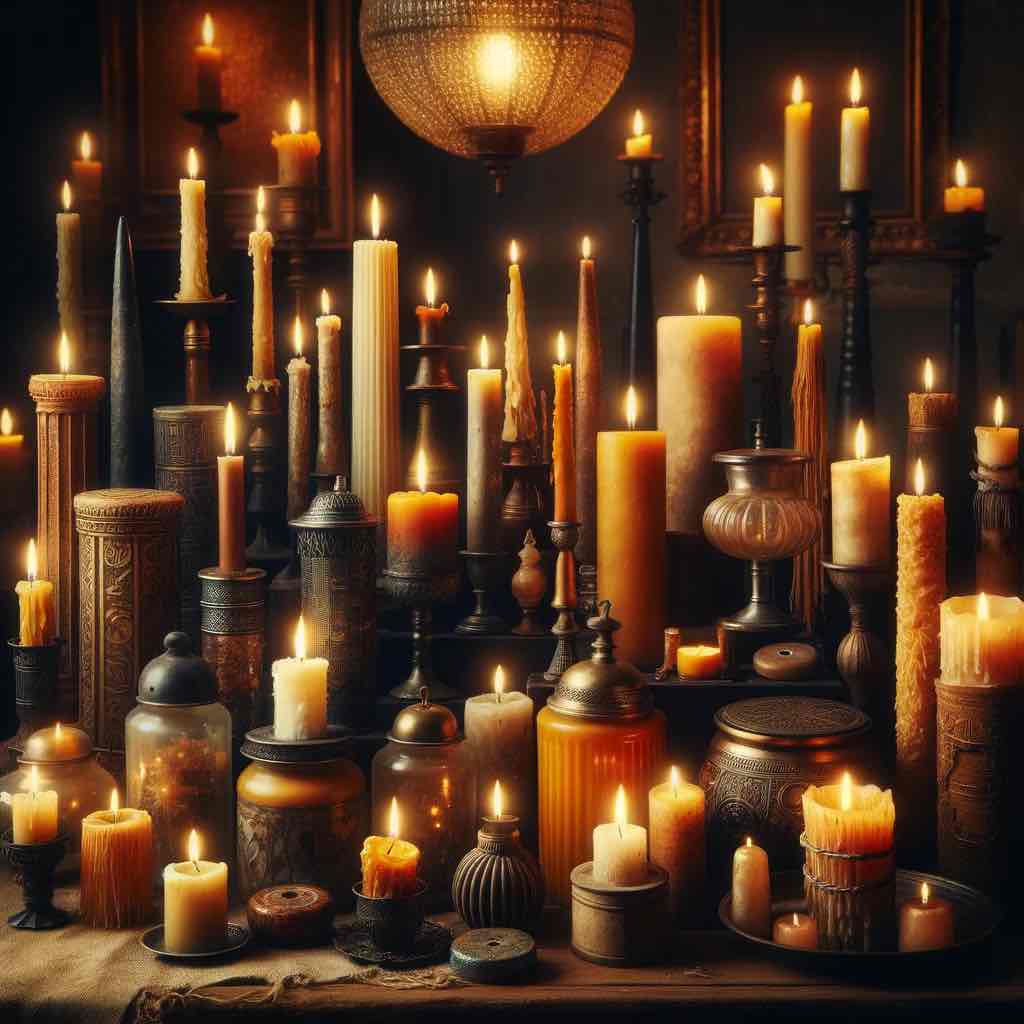
Before oil lamps and gas lights, another fountain of brightness played a pivotal role in human history: the candle.
This dancing flame, simple yet profound in its utility, has been illuminating human lives for millennia.
“Thousands of candles can be lit from a single candle, and the life of the candle will not be shortened. Happiness never decreases by being shared.”
Buddha
Origins and Evolution of Candles
The ancient Egyptians likely created the earliest candles with rushlights or torches made by soaking the pithy core of reeds in melted animal fat. However, unlike modern tapers, these rushlights had no wick.
The Romans are credited with developing the wick candle, using it to light homes, aid travellers at night, and perform religious ceremonies.
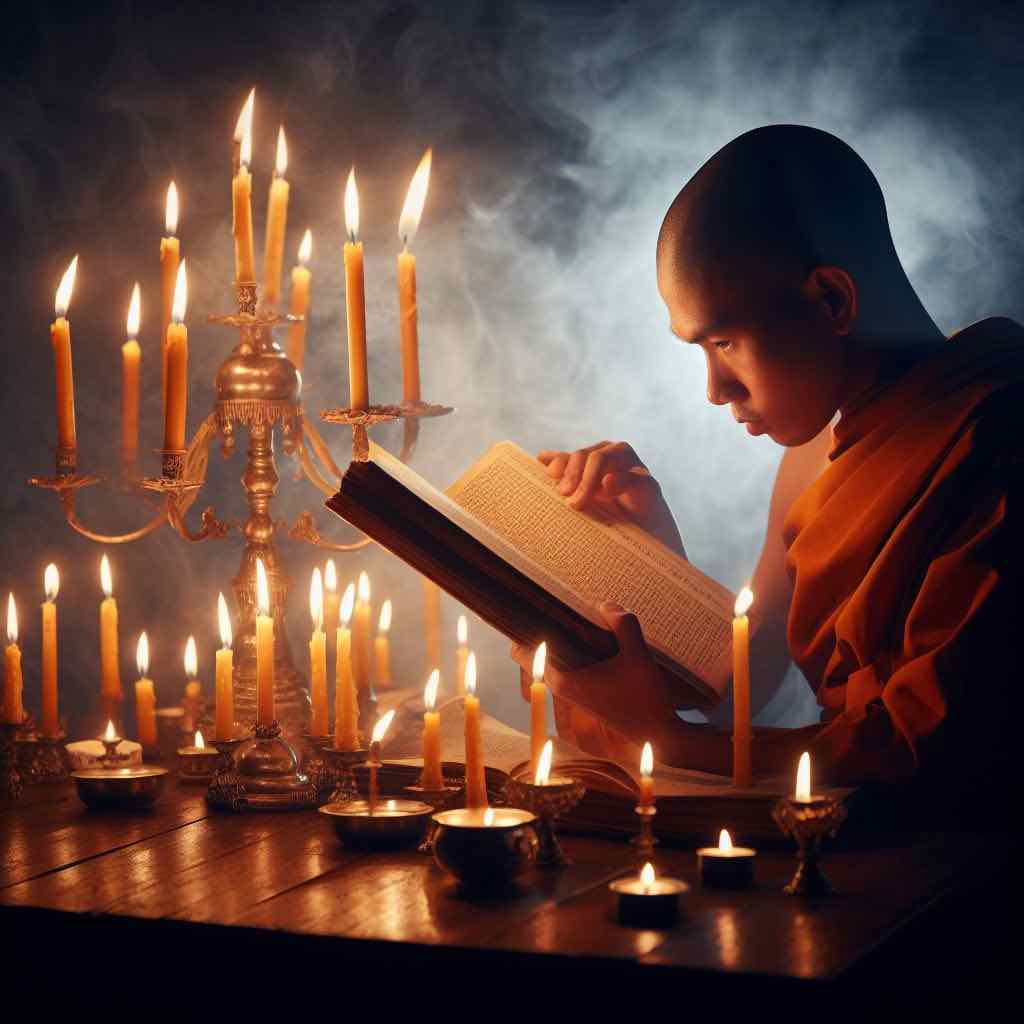
Materials and Manufacturing
In ancient Rome, people used tallow, a rendered form of beef or mutton fat, which was common but produced a foul-smelling smoke. A more refined option came up: beeswax candles. But they were available only to the well-off and for ceremonial use in temples due to their high price.
In the Middle Ages, candle-making had become a guild craft in England and France. Candlemakers, or chandlers, made these keepers of the flame from fats saved from the kitchen or sold by grocers.
The introduction of the whaling industry in the 18th century brought spermaceti wax, derived from the oil of sperm whales, which led to a higher quality of candle that was smokeless and odourless.
“If you have knowledge, let others light their candles in it.”
Margaret Fuller
Symbolism and Uses
Beyond their practical use, candles held significant symbolic meaning. They represented enlightenment, guidance, and divinity. In many cultures, they are still used, for instance, in birthday celebrations to signify the passage of time and in memorial services as a tribute to life.
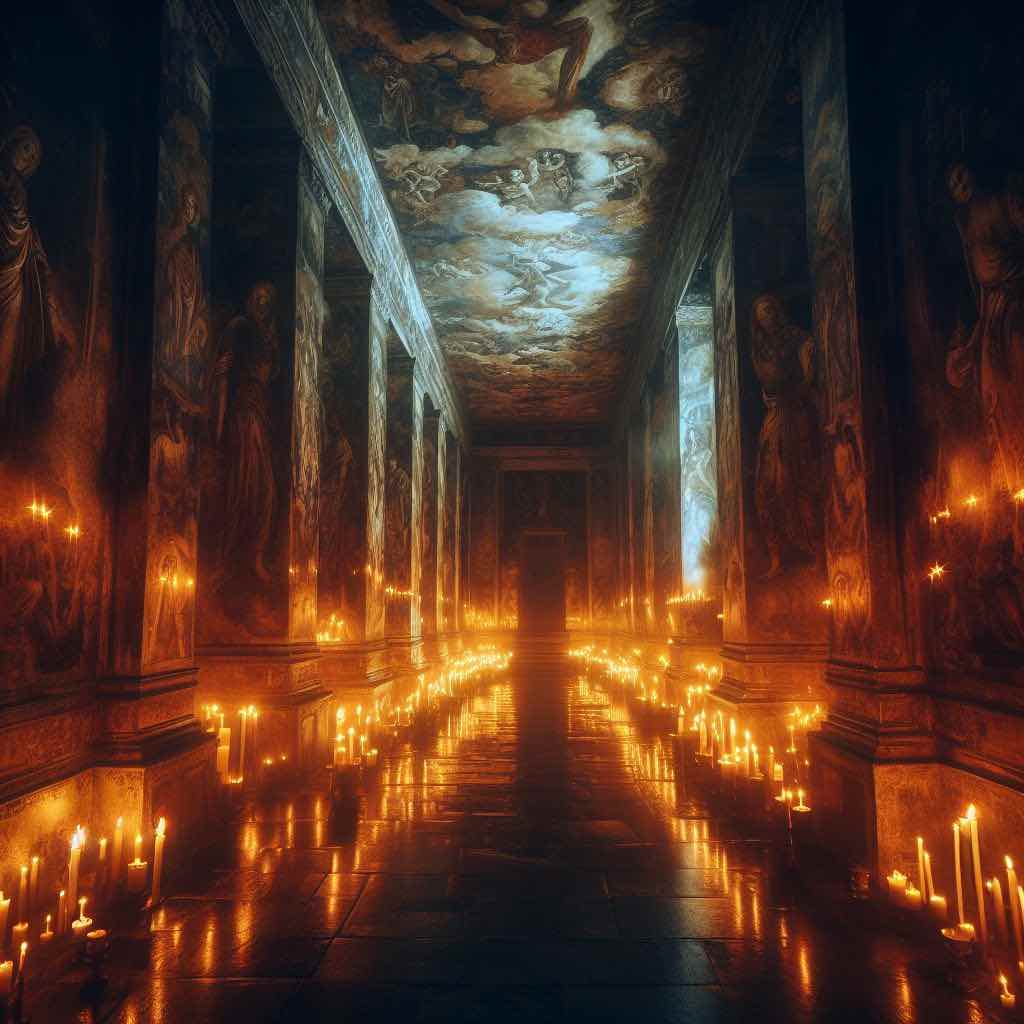
The Art of Candle Making
The 18th and 19th centuries saw the arrival of moulded candles and innovative plaited wicks, which were self-consuming and didn’t need constant trimming. This period also witnessed the rise of decorative tapers, used not just for radiance but as ornaments and as part of home décor.
Candles in the Modern Era
Once gas and electric lighting became widespread, the waxen guardians lost their role. However, they have experienced a surge in popularity in recent times, not for utility but for ambiance and scent therapy.
Today, they are made of soy or palm wax and come in a multitude of shapes, sizes, colours, and fragrances, catering to a diverse array of aesthetic and sensory preferences.
“Most evenings I’ll light a few candles, get snuggled on the sofa, and read a magazine.”
Stacey Dooley
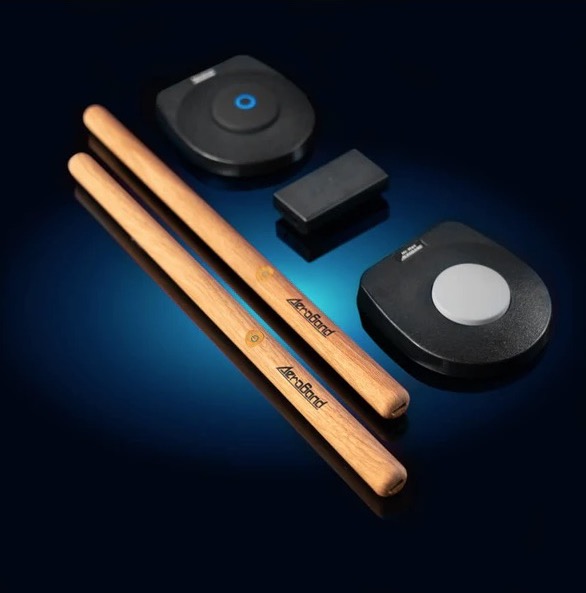
Take air-drumming to the next level
Oil Lamps: The Next Step in Lighting Technology

They are devices that use oil to produce light. They have a reservoir for the liquid, a wick to draw the fuel to the flame, and a nozzle to hold the wick and control the smoke.
Different civilisations have used oil lamps since around 70,000 BC in hollow rocks or shells filled with moss soaked with animal fat.
As centuries passed, their design underwent significant changes, from primitive bowls to more sophisticated clay and metal shapes.
“If you want a love message to be heard, it has to be sent out. To keep a lamp burning, we have to keep putting oil in it.”
Mother Teresa
Greece and Rome: A Cultural Legacy
In the Mediterranean region, Greeks and Romans made oil lamps ubiquitous, with the Greeks developing high-quality clay ones with a glossy black slip and exporting them between the sixth and fourth centuries BC.
Greek lamps likewise served as a canvas for art. Craftsmen would often depict mythological scenes on them, making each a tiny piece of history. Imagine holding a lamp that not only lights your room but also tells a story of Hercules’s labours or Athena’s wisdom.
At the other end, the Romans improved the clay lamps by adding a discus with decorations, a channel on the nozzle to draw back the dripping oil, and a handle for carrying. Apart from their practical use, oil lightgivers held religious significance. Worshippers used them in rituals as votive offerings to the gods and to illuminate the way to the underworld.
“Hope is patience with the lamp lit.”
Tertullian
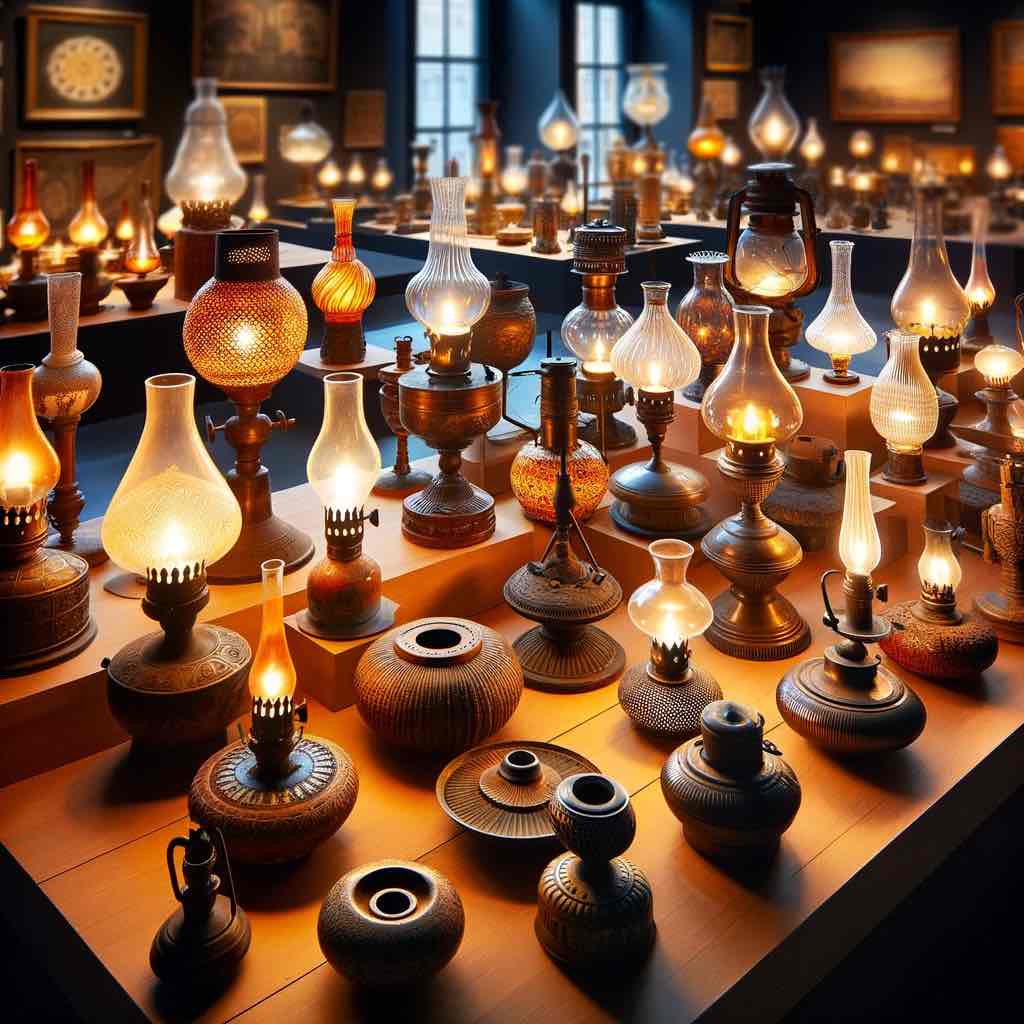
Global Variations: Asia, Africa, and America
In India, oil lamps were made from brass or silver and contained ghee, mustard, or coconut oil as fuel. In Diwali, the Hindu festival of lights, lamps, or ‘diyas,’ were the protagonists, as this celebration symbolises the victory of light over darkness, good over evil, and knowledge over ignorance.
Today, the traditional lanterns at the festivity usher in prosperity and are lit in millions of homes, creating a mesmerising spectacle of light and hope.
China created oil lamps from porcelain, bronze, or iron and used vegetable and animal oils or kerosene as fuels. But those guardians of the night didn’t limit themselves to illumination and decor; they served artistic purposes as well, including painting, calligraphy, shadow play, storytelling, and dancing.
Africans, on the other hand, employed clay, metal, or gourds, and the combustible substances varied from palm and castor oil to kerosene.
In America, the materials were shells, metal, and clay, and the burnable matter ranged from diverse animal fats, whale oil, and camphine.
Despite their widespread use and cultural importance, the reign of oil lamps waned with the arrival of gas lighting in the 19th century.
Gas Lights: The Dawn of Modern Lighting
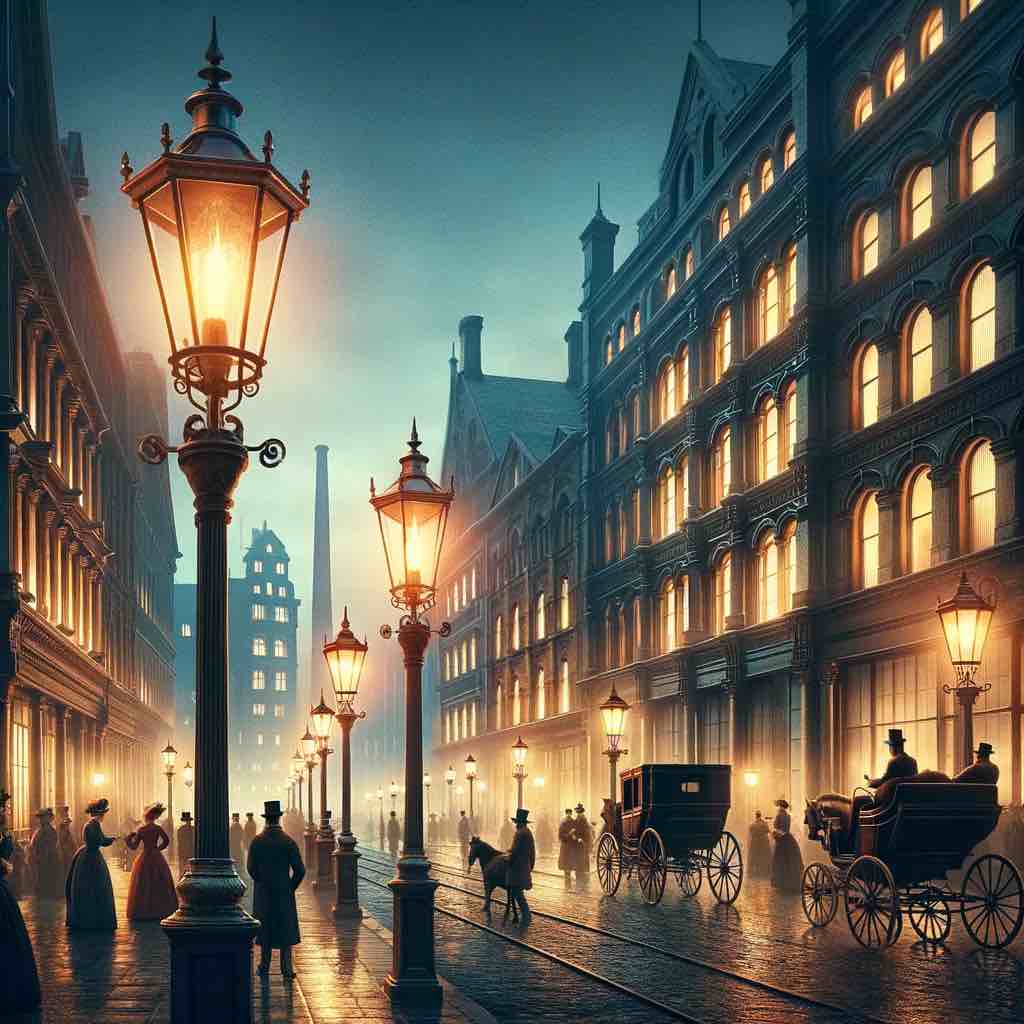
These types of devices came to life at the end of the 18th century and the beginning of the 19th century, offering a quantum leap in brightness compared with oil lamps. They were suitable for illuminating larger spaces, streets and public buildings, transforming urban landscapes at night. This new technology changed the social and economic lives of people.
“The progress of the world is the history of the triumph of the heart over the brain.”
Victor Hugo
How Gas Light Works
Gas light uses hydrogen, methane, carbon monoxide, propane, butane, acetylene, ethylene, or natural gas. The radiance can be achieved either directly from the flame, with special blends of illuminating gases to enhance its brightness, or indirectly from other components, such as the gas mantle of the limelight, where the fuel vapour serves as a heat source to incandesce the lime mantle.
Beginnings
Pioneers, including Jean-Pierre Minckelers, Philippe Lebon, William Murdoch, and Frederick Winsor, experimented to produce the first prototypes. These scientists and inventors showed the feasibility and advantages of gas lighting over other sources, such as candles, lanterns, or firewood.
Unlike oil lamps that required frequent refilling, trimming wicks, and cleaning soot, flame luminescence devices were low-maintenance. Once installed, they provided a consistent source of light, reducing the daily upkeep effort.
The first use of gas light for public illumination took place in London in 1807, when Frederick Winsor lit up one side of Pall Mall. Soon, this action spread to other European cities and the Americas, becoming a symbol of modernity and progress.
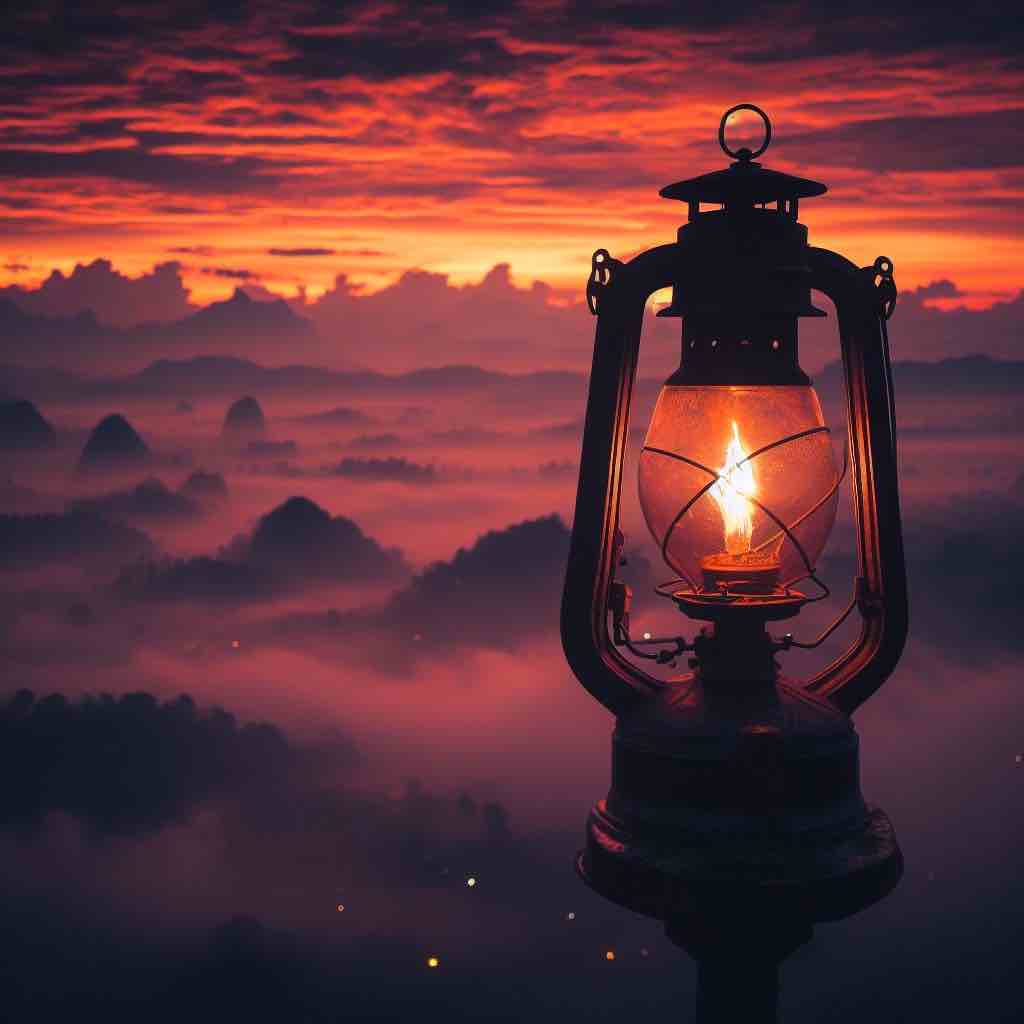
Effects in Society
Introducing gas lighting marked the birth of modern urban nightlife. Streets and public spaces became accessible and safe after dark, fostering social interaction and commercial activities and extending the productive hours of the day.
An added benefit was their unprecedented control. With their ability to dim and brighten, they provided a level of flexibility that was unimaginable with oil lamps, catering to a wider range of needs and occasions.
Health benefits also resulted from gas light, as it reduced the smoke, soot, and risk of fire and burns associated with oil devices.
Gas lighting lit the world until the late 19th century, when a novel technology rose on the horizon to become the new standard in illumination.
“Nothing can dim the light which shines from within.”
Maya Angelou
Let There Be Electric Light
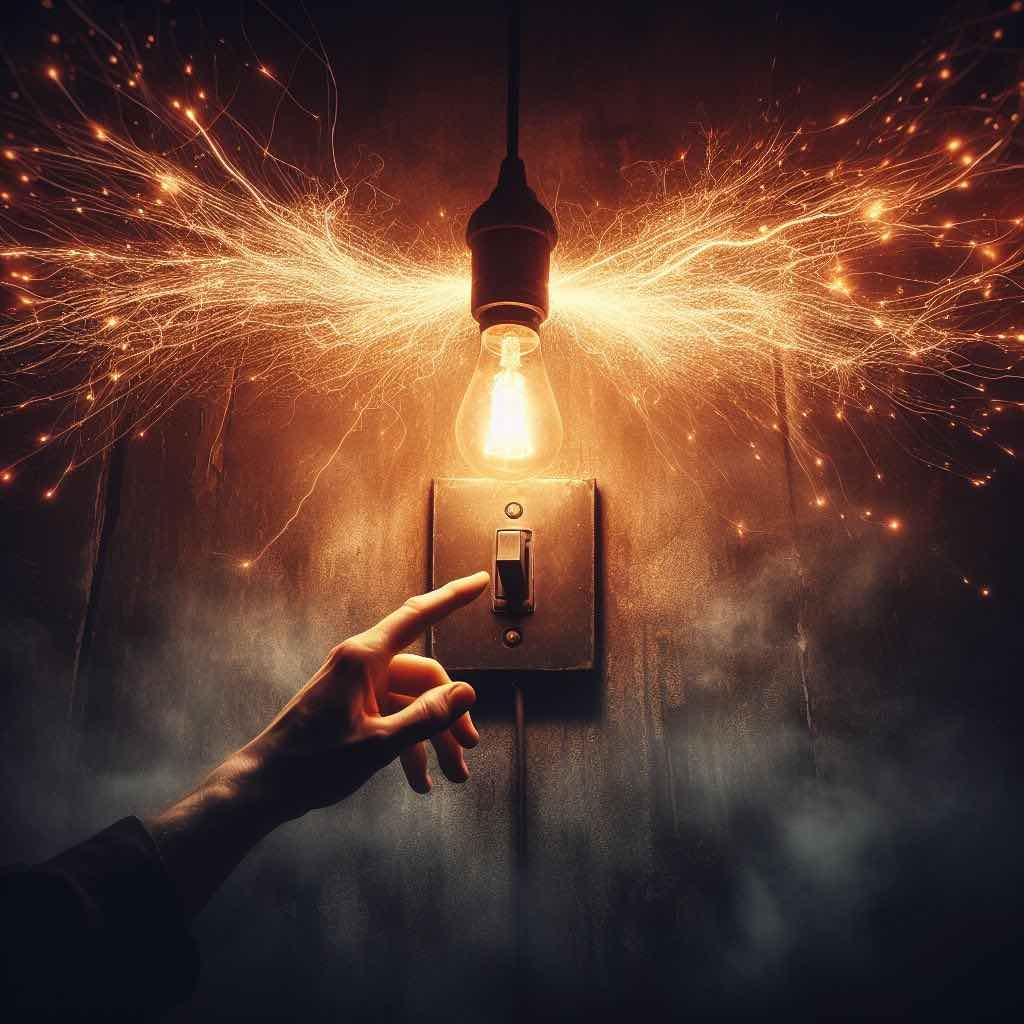
Electric light revolutionised human life. Invented at the end of the 19th century and improved in the early 20th century, it brought a brighter, cleaner, and safer glow into homes, factories, and institutions.
Its emergence allowed for more diverse evening activities and eliminated the risks associated with gas leaks or open flames from oil lamps.
“We are all broken; that’s how the light gets in.”
Ernest Hemingway
How It Works
Electric lighting uses electricity as a source of energy to brighten and can be divided into two main types: arc and incandescent.
Arc lighting employs an arc between two electrodes to generate an intense light, while incandescent lighting heats a filament to emit a warm and soft radiance.
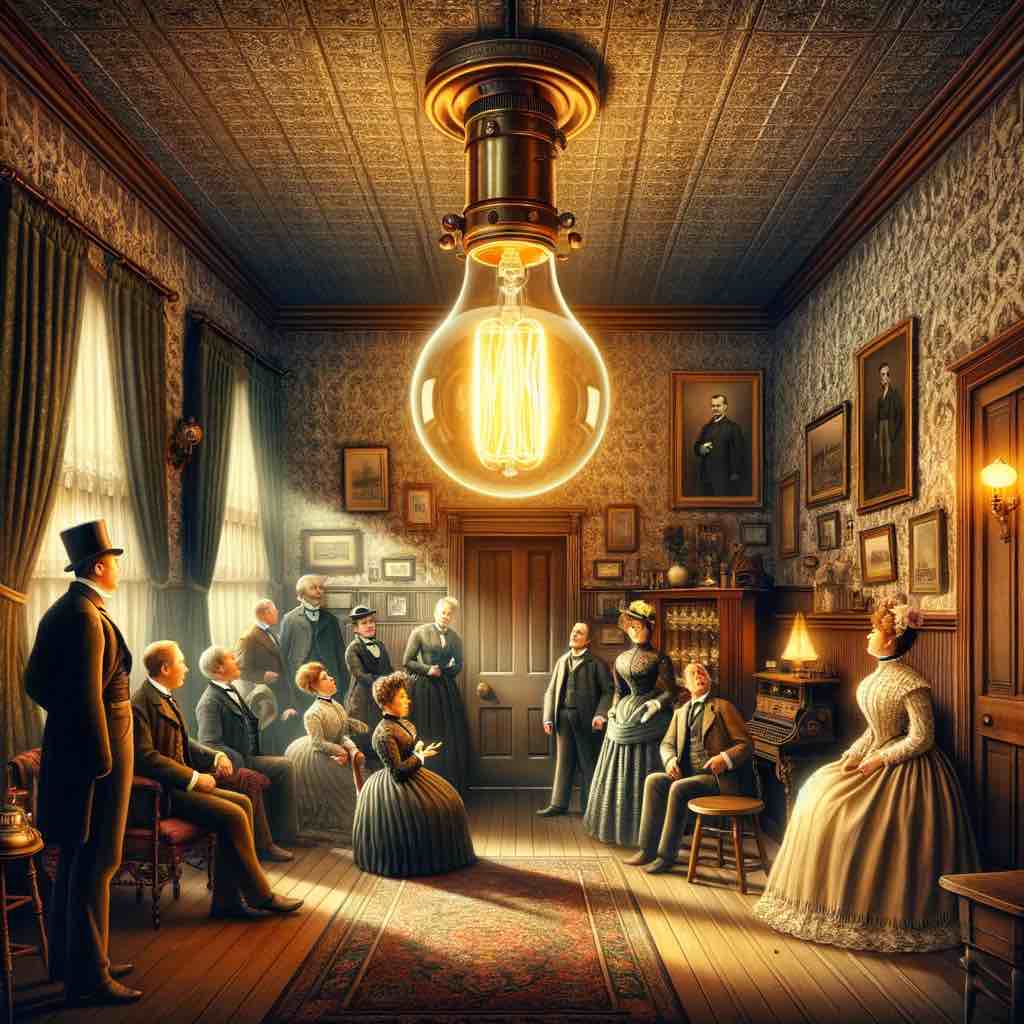
How It All Started
In the 18th century, Humphry Davy invented the arc lamp using voltaic piles for his electrolysis experiments. He showed his first 10,000-lumen design at the Royal Society in 1806. Nevertheless, arc lighting was too bright and unstable for practical use, remaining only for experimental and public purposes, such as in streets and theatres.
The breakthrough in electric lighting came in the late 19th century, when Thomas Edison developed the incandescent light bulb.
Edison filed the patent in 1879 and then improved it by using a carbonised bamboo filament that lasted for 1,200 hours. He also created a better vacuum pump to remove the air from the bulb and a standard socket.
Good price, safety, and convenience made Edison’s invention a popular choice for domestic and commercial use.
The Race for the Electric Market
Electric lighting led to new energy breakthroughs, such as power plants and transmission lines. Edison and his rivals, including George Westinghouse and Nikola Tesla, competed to offer electricity for illumination and other purposes.
On his side, Edison advocated for direct current (DC), while Westinghouse and Tesla promoted alternating current (AC). In the end, AC won the so-called War of Currents as it was more efficient and economical for long-distance transmission.
“Electricity is really just organised lighting.”
George Carlin
The Widespread Impact
Society, culture, health, economy, and science benefited from electricity and its expansion.
Productivity
Electric lighting extended work hours beyond daylight in factories and offices, boosting production and leading to economic growth.
Education
It increased study times too, impacting knowledge and literacy rates. Schools and libraries became more accessible in the evening, providing more opportunities for learning and personal development.
Entertainment
Novel forms of recreation emerged thanks to this new technology. Cinemas, theatres, and concert halls could host performances irrespective of natural light, enriching cultural life. Sports events and public gatherings after sunset also became commonplace, fostering community engagement.
Health
The consistent and controllable shine reduced eye strain and improved conditions for indoor tasks.
Innovation
Scientific and technological advances thrived in the fields of photography, spectroscopy, lasers, and fibre optics.
“If it weren’t for electricity, we’d all be watching television by candlelight.”
George Gobel
LED Lights: The Future of Lighting Technology
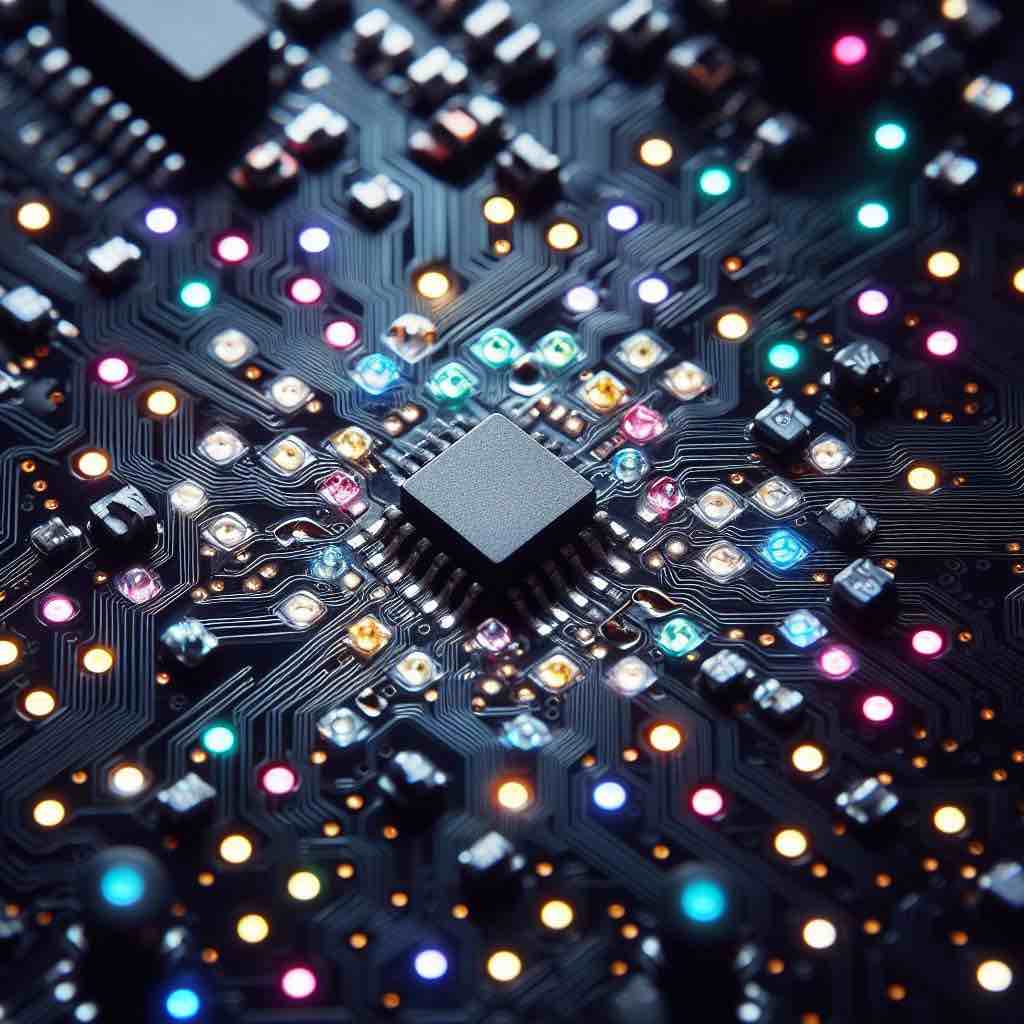
LEDs (light-emitting diodes) are semiconductors that glow when an electric current passes through them. Created in the 20th century, they are used for energy efficiency and sustainability, offering new possibilities and challenges for design and human well-being.
“In order to be irreplaceable, one must always be different.”
Coco Chanel
Beginnings
The first visible LED was invented by Nick Holonyak in 1962 while working as a consulting scientist at General Electric. Back then, he used gallium arsenide phosphide as the semiconductor material, and produced red light.
Later on, other colours arose by using different materials and techniques, such as gallium nitride for blue and green and phosphor coating for white.
Advantages
The benefits of LEDs over other types of lighting, such as incandescent, fluorescent, or halogen lamps, lie in their energy efficiency, as they convert more electricity into light and less into heat.
Apart from that, LEDs are more durable and greener, as they do not contain mercury or other harmful substances, producing a smaller amount of carbon dioxide emissions.
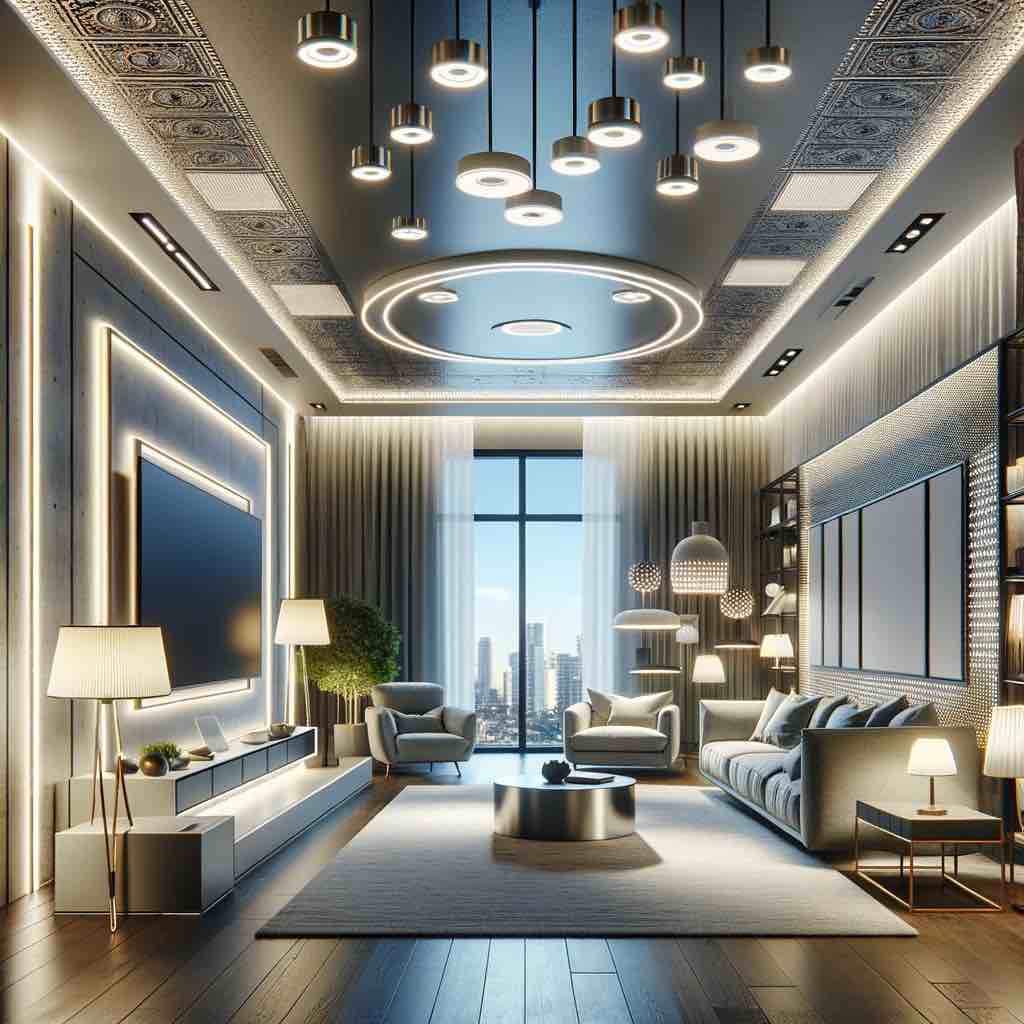
Uses
LED lights are used in various applications and environments, including indoor and outdoor lighting, display and signage, automotive and aviation, medical and biotechnology, and art and entertainment.
Furthermore, LEDs can be personalised and integrated with sensors, controllers, and wireless networks to create smart and interactive systems.
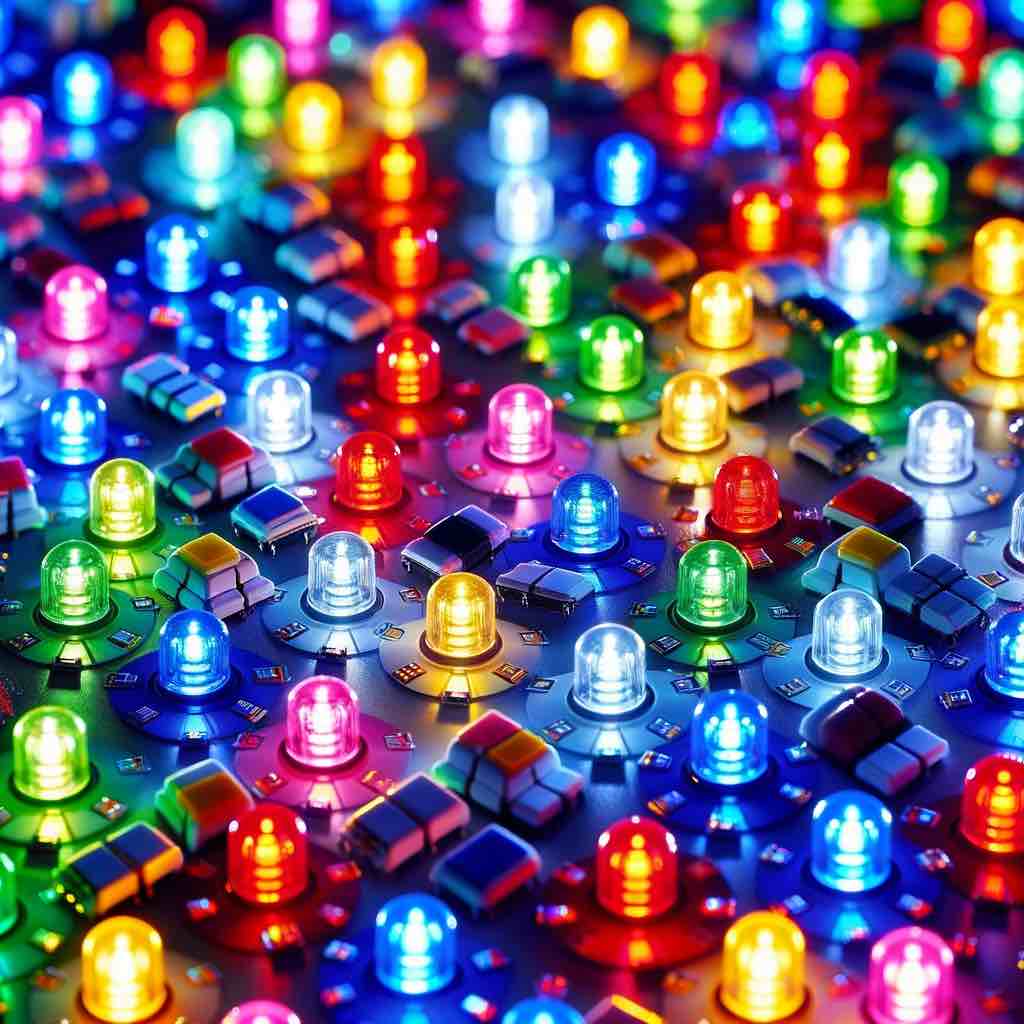
Future Solutions
- Scientists are exploring eco-friendly semiconductor materials to reduce power consumption while providing long-lasting illumination.
- Organic LEDs offer the potential for creating flexible, thin, and even transparent light panels, opening up new possibilities for innovative designs in homes, workplaces, and public spaces.
- Another futuristic development is Light Fidelity. Li-Fi could provide faster and more secure internet connections than traditional Wi-Fi, with LEDs serving both as illuminants and data transmission mediums.
“Any sufficiently advanced technology is indistinguishable from magic.”
Arthur C. Clarke
What do you think will be the next groundbreaking innovation in lighting technology? If you had the opportunity to design a new luminaire solution, what would it be?
Describe your vision and share it in the comments below.
“The true sign of intelligence is not knowledge but imagination.”
Albert Einstein

